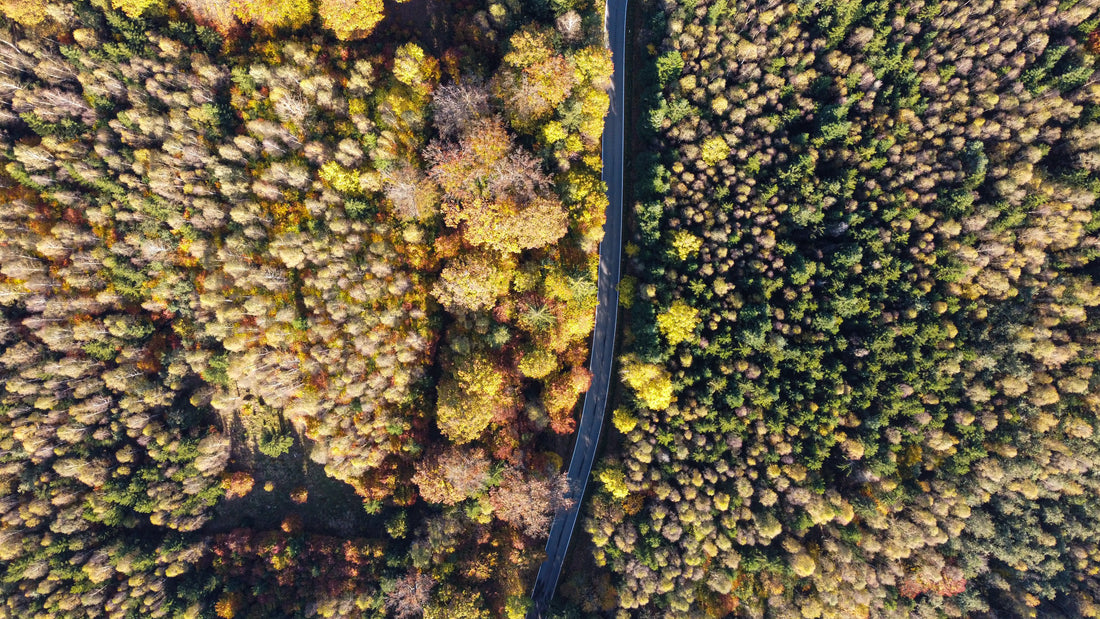We are hearing it more and more: our climate is changing. We already see the effects the scientists predicted, such as the sea level rise, melting glaciers and ice sheets, and more extreme heat waves or droughts throughout the world. One thing is clear: the need for the solution to the climate crisis is becoming ever more prevalent.
The science tells us we need to more than halve greenhouse gas emissions by 2030 to have a better chance of keeping climate warming within 1.5% target set out under the Paris Agreement.
More and more companies turned to carbon offsetting, as the saviour of our times. The idea behind is pretty simple. We all have a carbon footprint as a result of living in the modern world. When we eat, shop and travel, we cause emissions. The same goes for a company, where business activities, such as electricity generation, shipping, industrial processes, amongst others - all contribute to our corporate carbon footprint. Carbon offsetting is about removing the emissions we create from the atmosphere – or better yet, removing even more than we emit.
Carbon offsetting offers a possibility to purchase carbon credits, where one carbon credit is equivalent to one tonne of carbon captured. The credits are generated in different ways, like planting trees to suck carbon out of the atmosphere as they grow, or providing more energy-efficient cooking stoves to communities in the developing countries, or investing in renewable energy. Sounds great, right? However, it's not that simple. Greenpeace wrote "the biggest problem with offsetting is that it doesn't really work". Some people claim that carbon offsetting is cheating, since sustainability is a growing trend, and so are all kinds of climate claims and marketing campaigns. Hence, we witness a lot of greenwashing. However, the UN's David Attenborough is regularly heard encouraging investment in renewables and tree planting. Ecosystem Marketplace reported in 2016 that companies that purchased carbon offsets were likely to be engaged in an overall carbon reduction strategy, not simply buying their way out out of emissions.[1]
What to remember
1. Planting trees cannot replace cutting carbon emissions. According to Greenpeace, many companies use offsetting to appear environmentally friendly, even when their whole business is based around burning fossil fuels. Airports and airlines, like KLM and others, offer a carbon offsetting service, allowing passengers to plant trees when flying. Or oil giants, like BP or Shell, run programmes which incorporate a range of offsetting projects. Forests are one of our best lines of defence against climate change. Restoring forests is crucial, but it cannot be a substitute for reducing carbon emissions directly.

For big corporations, the impact comes from changing the way they do business, moving to greener and cleaner energy sources, trying not only to cut down their emissions, but also to offset more than they emit. The same goes for all of us. Going neutral is not enough, we have already exceeded the safe level of carbon dioxide in the atmosphere in 1987. We need to become carbon negative.
2. How do I get started? To understand how we can decrease emissions, we need to first know our carbon footprint and what it consists of. You can use an app, like "Compensate: Climate Action" or any other online carbon footprint calculator, like the one funded by the Finnish Ministry of the Environment.[3]
Almost everything we do creates emissions: eating, traveling, shopping, and consuming energy at home. As an example, 68% of the emissions in Finland are caused by households. According to the Finnish Environment Institute, the choices we make in our everyday life can reduce our emissions up to 37%. Here are the potential actions for a sustainable lifestyle:
- turn off standby power
- turn down the heating
- updating home energy solutions to green renewable energy and measuring their consumption
- have groceries delivered, or get them by bike or walking
- switch to LED lights
- try vegetarian food
- sort your waste
- only buy what you need
- travel smart
- domestic travel
- use solar energy
- favouring locally produced companies
- purchasing second-hand goods or repairing old things
- eating local food and what is in season
- buy surplus food ("Too Good Too Go" app)
Write down in the comments if you have any other ideas for a sustainable lifestyle.
Once you know and understand where your emissions are created, it is easier to make small lifestyle changes that have a big impact.
Conclusion
When carbon offsetting done well, it can have a big impact on climate, diversity, and human rights. However, one thing to remember is that carbon offsetting does not mean we can continue having "business, as usual".

